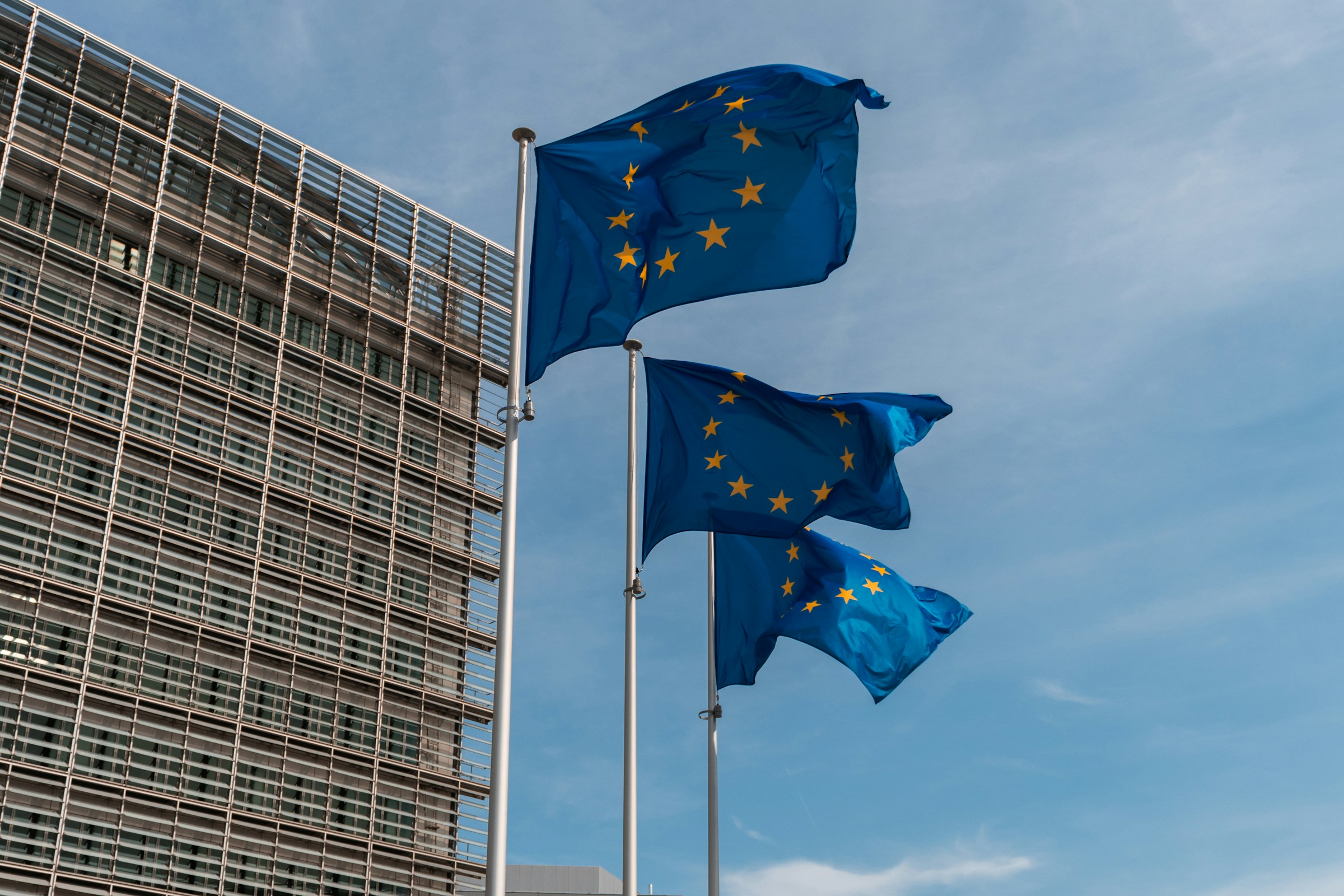The European Union’s long-delayed Entry/Exit System (EES) will finally go live this October. While framed as a technical modernization—replacing passport stamps with biometric scans and digital logs—the system’s operational debut carries broader implications. This isn’t just about shortening queues or identifying overstayers. It’s a recalibration of Europe’s external security posture, with signals aimed at both internal member state audiences and cross-border actors monitoring Schengen-zone vulnerability.
At first glance, the October 12 deployment appears procedural. But for sovereign risk analysts and regional planners, the implications are institutional: EES reflects a post-Brexit, post-pandemic Europe grappling with three tensions simultaneously—border fragmentation, identity authentication, and migration enforcement credibility.
The EES was originally slated for a 2022 launch, later postponed to November 2023, and now finally locked for October 2025. The protracted timeline wasn’t merely due to technical unreadiness or vendor slippage. Several member states—France and Germany among them—publicly cited infrastructural gaps and operational uncertainty around coordination across high-traffic air, land, and sea entry points.
The result was a quiet recalibration: a phased rollout beginning with partial deployment in October, hitting 50% of border crossings by January 2026, and full system operability by April. The extended runway reflects more than logistical caution—it’s a tacit admission of fragility within Europe’s collective digital infrastructure for migration governance.
In a region still haunted by 2015’s refugee influx and its aftershocks, every new enforcement layer must balance two aims: security signaling to domestic constituencies and Schengen continuity reassurance to external observers.
On paper, EES replaces the old system of passport stamps for third-country nationals entering and exiting the Schengen Area. It logs entry and exit dates, refusal records, and duration of authorized stays. But operationally, it represents a shift from paper-dependent border checks to biometric authentication and automated identity resolution.
Facial recognition and fingerprint data will be mandatory for all non-EU entrants, including regular visitors. While this mirrors models used by the United States and Gulf states, the European context differs: there’s a legacy of privacy sensitivity, data protection regulation, and free movement ideology that makes implementation politically charged.
This biometric integration aligns with Europe’s broader attempt to create interoperable databases across asylum, visa, and criminal records. It’s less about efficiency and more about building the technical precondition for a next-generation EU migration compact—one that can credibly enforce returns, track overstayers, and identify false identities without fully closing borders.
The border, in this logic, becomes an algorithmic space—not a wall, but a conditional gate.
Despite being branded as an EU-wide system, EES will not apply uniformly. Ireland and Cyprus remain opt-outs due to their non-participation in the Schengen Area. Norway, Iceland, Switzerland, and Liechtenstein—non-EU but Schengen-aligned—will implement EES fully. These exclusions and inclusions are not marginal technicalities—they reveal the layered geometry of European sovereignty and mobility.
More crucially, they underscore a core strategic challenge: fragmented digital enforcement limits common migration policy leverage. Without universal participation, EES cannot serve as a singular deterrent or tracking mechanism. That leaves room for secondary migration routes, documentation loopholes, and inconsistent border experiences—all of which erode public confidence in a collective border management regime.
For capital allocators watching Europe’s political cohesion, this matters. EES is not just a security tool—it’s a test of digital integration under geopolitical strain.
Border controls are no longer just tools of immigration management—they’ve become instruments of economic signaling. For tourism-reliant economies like Spain and Greece, any disruption at high-volume entry points carries fiscal risk. For countries like Germany and Austria, EES is as much about controlling labor migration flows as it is about asylum risk management.
Investors, travel operators, and cross-border logistics players are already preparing for delays, cost adjustments, and service recalibration. Biometric queues are not simply friction—they’re perceived proof of state control. And in a populist-leaning climate, that perception carries political currency.
Yet from a sovereign risk perspective, the signal is more cautious. EES does not fundamentally alter migration inflows—it seeks to document them more comprehensively. The system reduces ambiguity, but does not resolve the coordination deficit that has long plagued EU migration policy. In that sense, the EES is less a revolution than a recalibration. It digitizes dysfunction—but stops short of systemic reform.
What appears as a technical deployment should be read as a quiet but deliberate reassertion of Europe’s perimeter logic. EES may be framed in the language of facilitation and security, but its deeper function is policy posture clarification: to show member states, and external rivals, that Europe’s borders are being governed—not just managed.
In a world where identity, movement, and capital are increasingly entangled, this launch tells us where Europe draws its lines—and how it plans to trace them, in code.















